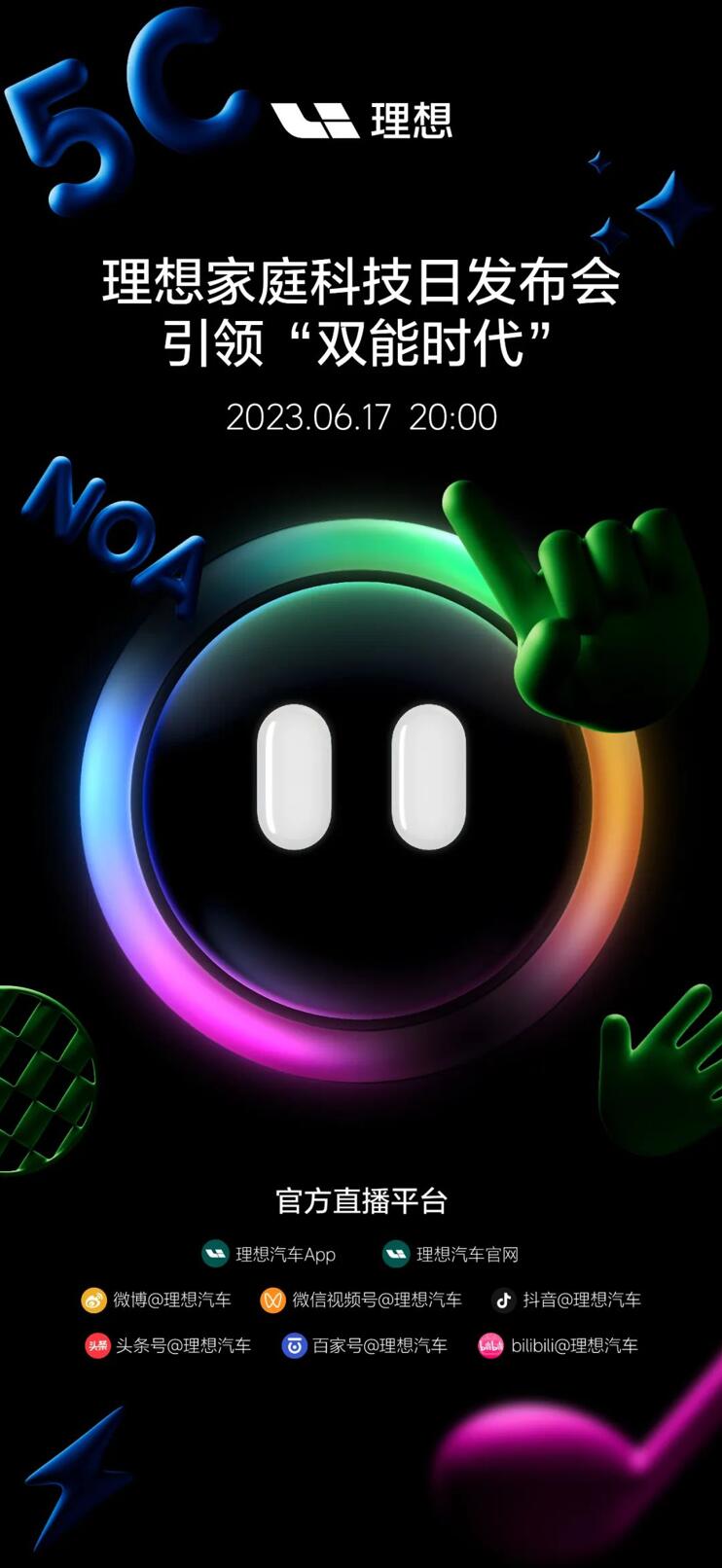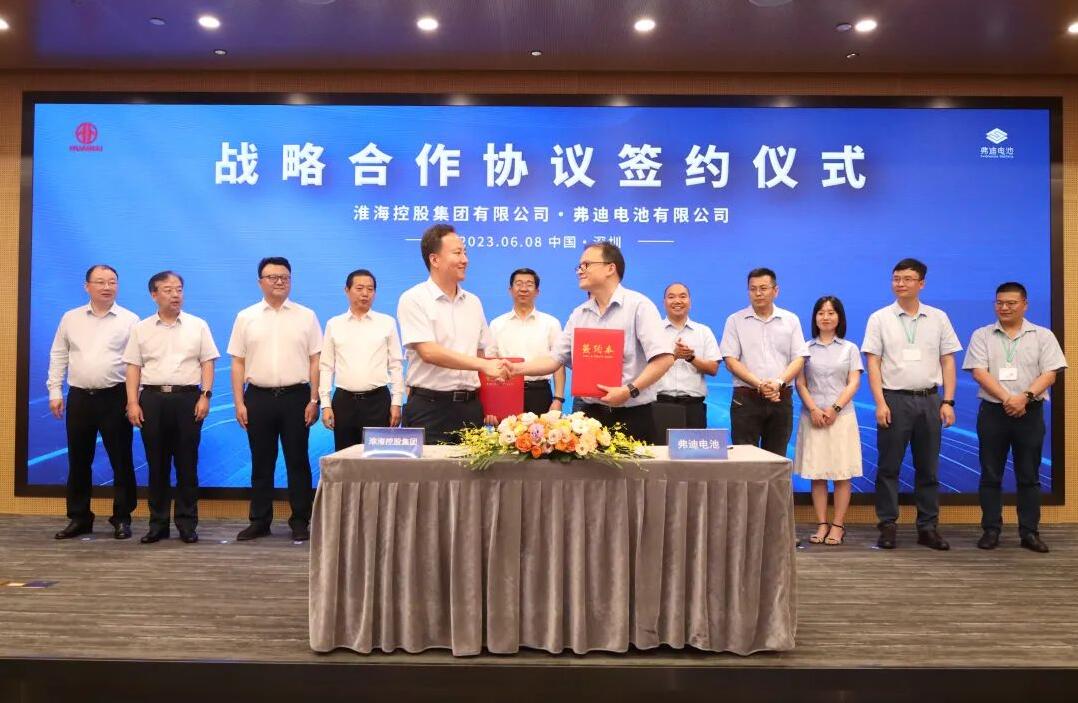At present, 89 percent of the new energy heavy trucks are pure electric models, and half of them support battery swap.

(Image: Screenshot from a CATL video)
China's electrification transition involves not only regular passenger cars, but heavy trucks as well.
By 2025, sales of electric heavy trucks in China are expected to reach 190,000 units, with a penetration rate of about 16 percent, said CITIC Securities analyst Yuan Jiancong's team in a research note today.
In China, the singularity for accelerated penetration of electric heavy trucks has arrived, with penetration expected to reach 35 percent by 2030, the team said.
The acceleration of new energy heavy truck penetration in China from 2021 onward was largely driven by China's restrictions on carbon emissions from high-emitting companies, according to the team.
In 2022, retail sales of new energy heavy trucks in China were 25,000 units, up 142 percent year-on-year, with a penetration rate of about 5 percent, CITIC Securities said, citing data from China Automotive Technology and Research Center (CATARC).
At present, 89 percent of new energy heavy trucks are pure electric models, and half of them support battery swap, according to the team.
Heavy-duty trucks have larger batteries and take longer to recharge at the same charging rate, and battery swap meets the efficiency requirements of these models, the team said.
From 2021 to 2022, the percentage of battery swap-enabled heavy-duty trucks ramped up, the team said, adding that they expect such electric heavy-duty trucks to become the industry's dominant product form in the near term.
On June 12, CATL unveiled Qiji Energy, a battery swap solution for heavy-duty trucks. Similar to the Chinese power battery giant's EVOGO solution for passenger cars released last year, Qiji Energy supports flexible use of the number of batteries.
With a capacity of 171 kWh in a single battery block, heavy trucks can choose to use 1-3 blocks, and the entire battery replacement process takes only a few minutes, CATL said.
In the vehicle-battery separation model, a heavy truck can save RMB 30,000 ($4,190) to RMB 60,000 in annual costs, CATL said.
CATL's move is expected to further boost the electrification of heavy trucks, CITIC Securities said in the research note today.
The penetration of electric heavy trucks is expected to accelerate in areas with higher requirements for range and economy, the team said.
The note also said that Tesla's first electric heavy truck, the Semi, which began deliveries on December 2, 2022, has a range of 800 km at 37 tons fully loaded and has met the criteria for wide-scale commercial operation.
Electric heavy-duty trucks have shown good economic performance in both the US and China, and the Tesla Semi could help the industry grow more rapidly in the US, the team said.
In China, electric heavy-duty trucks will be adopted preferentially in the short term in scenarios including coal industrial parks, steel industrial parks, and sanitation trucks, driven by policy.
By 2025-2030, market forces will drive more growth in the sector as electric heavy trucks improve in economy and range, according to the team.
($1 = RMB 7.1551)
CATL launches battery swap solution Qiji Energy for heavy-duty trucks
The post Analysts expect 16% of heavy trucks sold in China to be electric by 2025 appeared first on CnEVPost.
For more articles, please visit CnEVPost.






















